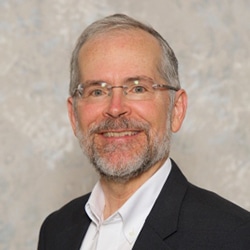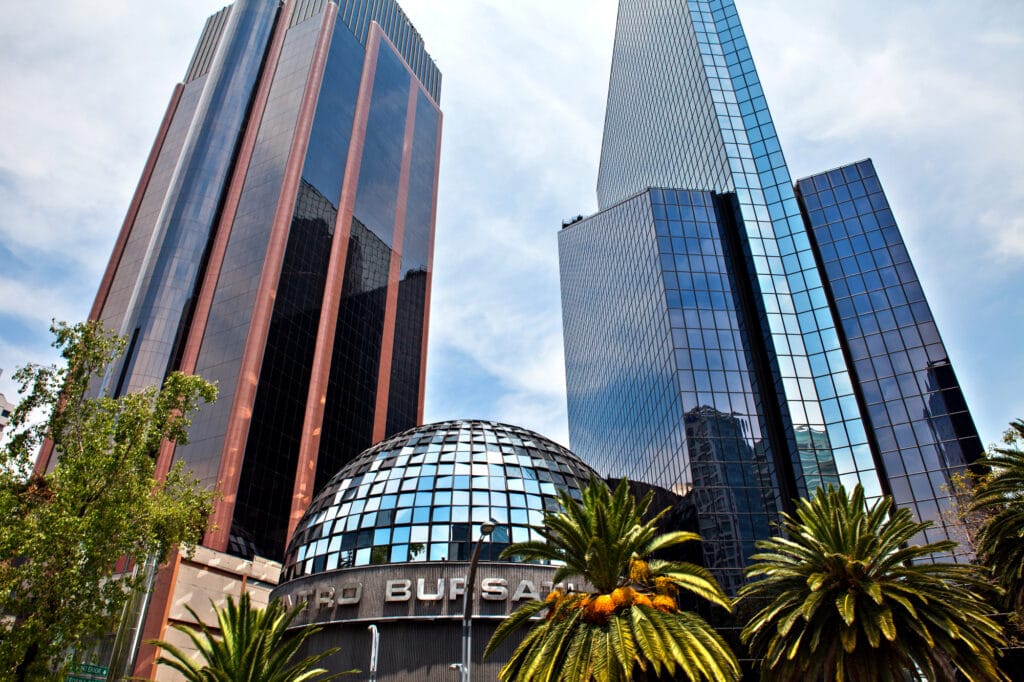FLASH FRIDAY is a weekly content series looking at the past, present and future of capital markets trading and technology. FLASH FRIDAY is sponsored by Instinet, a Nomura company.
Some people claim to be market structure geeks but really aren’t.
Jim Angel is legit.
“My mission in life is to visit every stock exchange in the world,” said Angel, an associate professor at Georgetown University’s McDonough School of Business. “I’m always looking for excuses to visit one, so if you or one of your friends are at a stock exchange, I would love an invitation.”
Hardly ensconced in the ivory tower of academia, Angel is well-known in industry circles — at conferences, in the media, and via his @GUFinProf Twitter handle. He was most recently sighted at the Security Traders Association’s Oct. 6-8 market structure conference in downtown Washington DC, a half-hour Metro trip from Georgetown.
The STA “is one of the best conferences in the market structure area,” Angel told Traders Magazine. “All of the important market structure people are there. I learn more in 10 minutes at the STA than I do from 10 hours of reading academic articles.”

Angel landed at Georgetown in 1991 after a couple consulting gigs in the mid-to-late 1980s, first for BARRA (later part of Morgan Stanley), and The Analysis Group. He started his career as a rate engineer at Pacific Gas & Electric in San Francisco, after graduating from Caltech in 1981.
Based on Angel’s 30 years across town from STA, potentially he could have attended as many as one-third of the industry group’s 88 annual conferences. He could only estimate his number at “many”; we reached out to the STA but they said they don’t have such records handy. (Traders Magazine sets the over/under at 18.5.)
“New things are always happening in market structure, which is what makes (the conference) fun,” Angel said. “The 24 Exchange proposal to trade around the clock just became public around the time of the STA, and there was some chatter over this. However, my take is that most traders don’t want to work longer hours.”
Another trend highlighted at this year’s is that “crypto is becoming more a part of traditional financial organizations at the same time as Distributed Finance (DeFi) seeks to replace institutions with protocols.”
And there’s also some same-old, same-old. One eternal question is how many U.S. stock exchanges are too many. (The answer, from all but the exchange operator launching a new venue, is always less than the current number.)
“Some things never change,” Angel said. “We have been arguing about market data for over a century, and we will continue to debate it for the next millennium. New regulations are always under debate and on the horizon.”
Another recurring topic is payment for order flow. Virtu Financial CEO Doug Cifu acknowledged Angel in his Oct. 6 panel, in which he argued that PFOF is non-evil and a garden variety “agent-principal 101” conflict of interest, rather than something that should be banned.
“We have a professor from Georgetown in the front seat, remember this (topic)?” Cifu asked. “I took this in 1988 so I’m a little fuzzy, so if I screw up let me know.”
With regard to Angel’s esoteric hobby, he’s at more than 70 exchanges visited, and counting. “Stock exchanges are like my children — they are all my favorites,” Angel began. “While similar in many respects, they all have their unique qualities.”
“The major bourses are all impressive in their own right,” he continued. “There is nothing like the energy of the NYSE floor, even though it is far different from the old days. The new entrants are exciting in their innovations.”

“Bolsa Mexicana in Mexico City has, in my not-so-humble opinion, the most beautiful stock exchange building in the world. Nasdaq Iceland, on the other hand, has the best view, with breathtaking views of the Reykjavik area. The view from the Namibia Stock Exchange is also really good. Stuttgart at one point claimed to have the most columns in its exchange building and thus be the biggest exchange.”
Some people are passionate about ballparks; Angel loves exchanges. “The employee cafeteria at the Shanghai Stock Exchange is really great. In China, red is the color of prosperity, so red on the trading display indicates stock prices increasing, not decreasing,” he said. “Syria has an impressive auditorium to show off its exchange trading system.”







